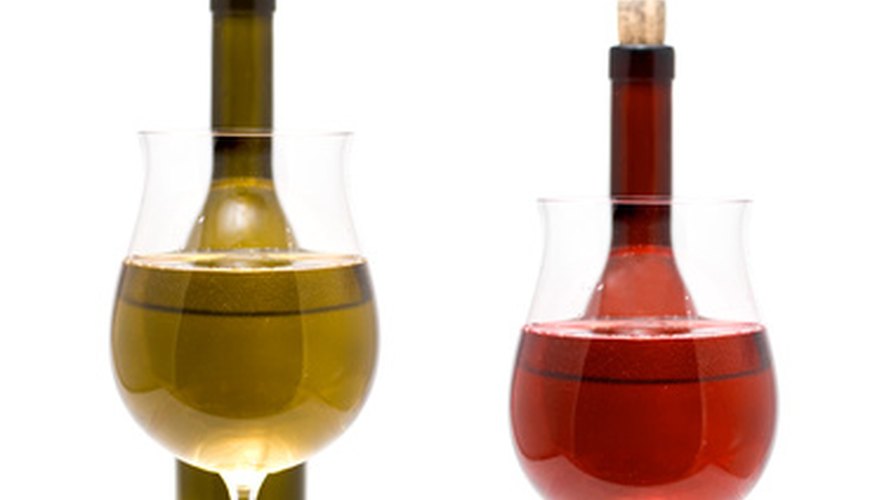You do not need to use specialised wine yeast when making wine at home. Even if your recipe calls for wine yeast, you can easily substitute bread yeast without having an adverse effect on the final product. This is because wine and bread yeast are actually similar strains of yeast. When preparing wine using bread yeast in lieu of wine yeast, it is important to remember that, although the yeasts are similar, certain steps must be taken to ensure that proper fermentation occurs.
- You do not need to use specialised wine yeast when making wine at home.
- Even if your recipe calls for wine yeast, you can easily substitute bread yeast without having an adverse effect on the final product.
Follow your wine recipe until it tells you to add the wine yeast.
Using a microwave or hob, heat 1 cup water per gallon of wine in a saucepan or microwave-safe cooking dish. Measure the temperature carefully with a kitchen thermometer: If the water is too cool, the yeast will not ferment properly; if it's too hot, the yeast will die.
Pour 2 tbsp sugar per gallon of wine into the water and stir until the sugar dissolves completely.
Add 1 tsp bread yeast per gallon of wine to the sugar-water mixture and stir until there are no more dry clumps floating on top of the liquid.
- Pour 2 tbsp sugar per gallon of wine into the water and stir until the sugar dissolves completely.
- Add 1 tsp bread yeast per gallon of wine to the sugar-water mixture and stir until there are no more dry clumps floating on top of the liquid.
Allow the yeast mixture to sit for five to 10 minutes until foamy. If the mixture doesn't foam up after 10 minutes, dump it out and start over from Step 1. If you continue to have problems, your yeast may be expired.
Add the yeast mixture to the prepared must and stir until well combined. From this point, continue following your wine recipe's instructions.
TIP
Try making two batches of the same wine using different yeasts for each one; you may be surprised by the results.
